Commercial properties seek new ways to conserve energy due to sustainability and energy-efficiency business trends. Modern buildings were created with the latest technology, while pre-existing buildings may have outdated equipment that consumes a lot of energy. Retrofitting older buildings is a great solution to accomplish energy-efficiency goals. Businesses can see major cost and energy savings by implementing the right retrofits.
Understanding Energy-Efficient Retrofits
Energy-efficient retrofits involve upgrading a building’s systems—such as insulation, lighting, HVAC, and water heating—to improve efficiency without major structural changes. These improvements can range from simple modifications, like sealing air leaks, to advanced solutions, such as integrating smart energy management systems.
Key strategies for retrofitting older buildings include:
Enhancing Insulation and Air Sealing
Older buildings often suffer from poor insulation, leading to heat loss in winter and heat gain in summer. Upgrading insulation in walls, attics, and basements and sealing gaps around windows and doors can significantly improve thermal performance.
Upgrading to Energy-Efficient Windows
Single-pane windows found in many older buildings are a major source of energy loss. Replacing them with double or triple-pane, low-emissivity (low-E) windows can improve insulation while maintaining the building’s aesthetic appeal.
Implementing Smart Lighting Solutions
Lighting accounts for a significant portion of a building’s energy use. Retrofitting older buildings with energy-efficient LEDs and smart lighting controls can lead to considerable savings. Advanced lighting control systems demonstrate how modern lighting strategies can preserve historical aesthetics while improving efficiency.
Upgrading HVAC Systems
Older buildings’ heating, ventilation, and air conditioning (HVAC) systems are often outdated and inefficient. Replacing them with energy-efficient models, incorporating heat recovery ventilation (HRV) systems, and optimizing ductwork can enhance comfort and efficiency.
Integrating Renewable Energy Sources
Solar panels, geothermal heating, and other renewable energy sources can be integrated into older buildings to reduce reliance on traditional energy sources. While installation can be challenging due to architectural constraints, strategic placement, and careful planning can ensure seamless integration.
Case Study: Lighting Retrofit in a Historic University Building
One example of an effective retrofit involved designing a lighting control system for a historic university administrative building constructed in the early 1900s. This 9,000-square-foot space required an energy-efficient lighting solution while maintaining its historic integrity. The project included:
IoT-Based Luminaire Level Lighting Control (LLC)
- Each light fixture had microsensors and controllers, allowing precise energy management. Unlike traditional daylight harvesting systems that only sense near windows, this system ensured uniform energy savings across all areas.
Wireless Smart Controls
- A dedicated Wi-Fi-based lighting control system eliminated the need for additional cabling and minimized disruption to historic architectural elements. This approach significantly reduced installation costs and energy consumption.
Preservation of Historical Fixtures
- Rather than replacing original light fixtures, the retrofit incorporated hidden micro sensors and low-voltage track lighting, seamlessly blending new technology with historic aesthetics.
This project demonstrates how careful planning and collaboration can balance energy efficiency, historic preservation, and modern functionality.
The Future of Retrofitting Older Buildings
With advancements in smart building technologies, older buildings are able to adopt energy-efficient measures. Retrofitting pre-existing buildings helps cut down carbon footprints and leads to long-term financial savings. Property owners must identify where their buildings consume the most energy to effectively plan their projects. Older buildings don’t need to be outdated. Implementing smart technology and upgrading building equipment will help lower carbon footprints and prepare the property for the future.
Click here to read the full article, originally published January 10, 2025, by Facility Executive.

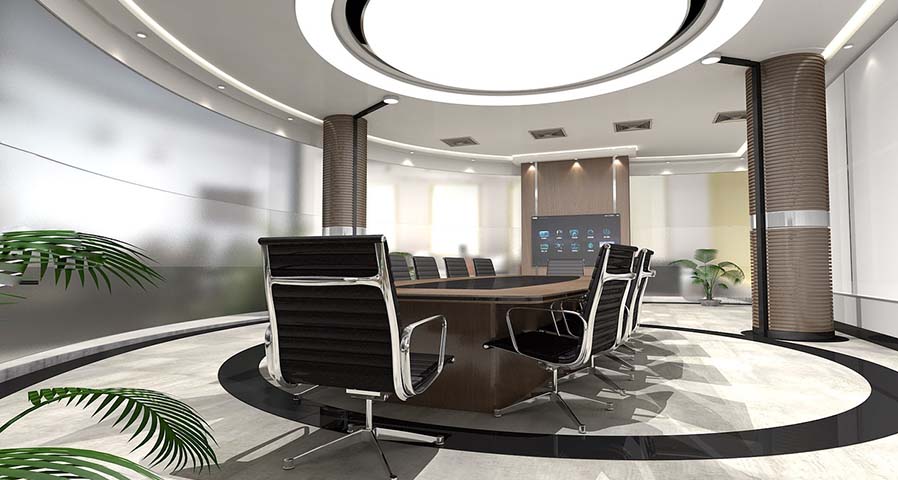
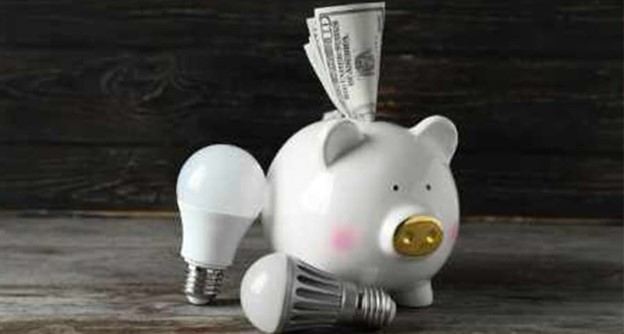
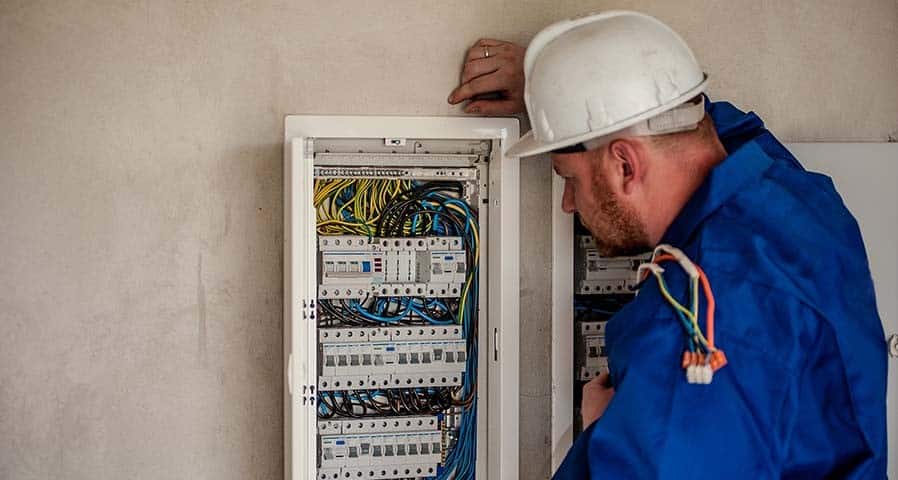
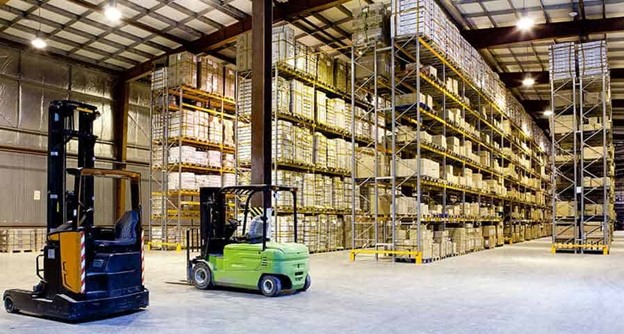
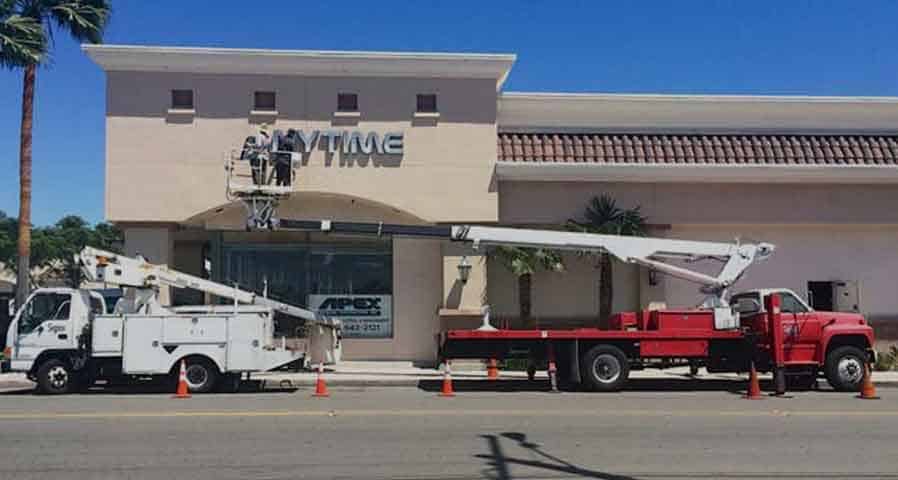

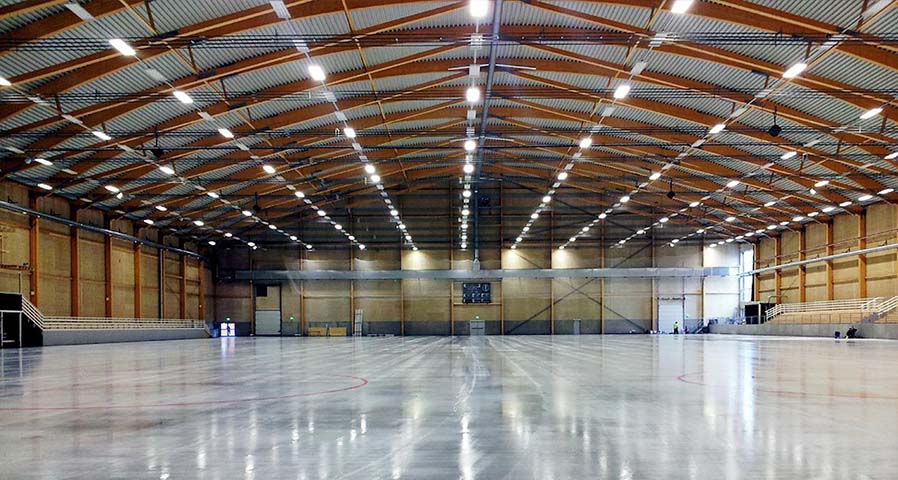
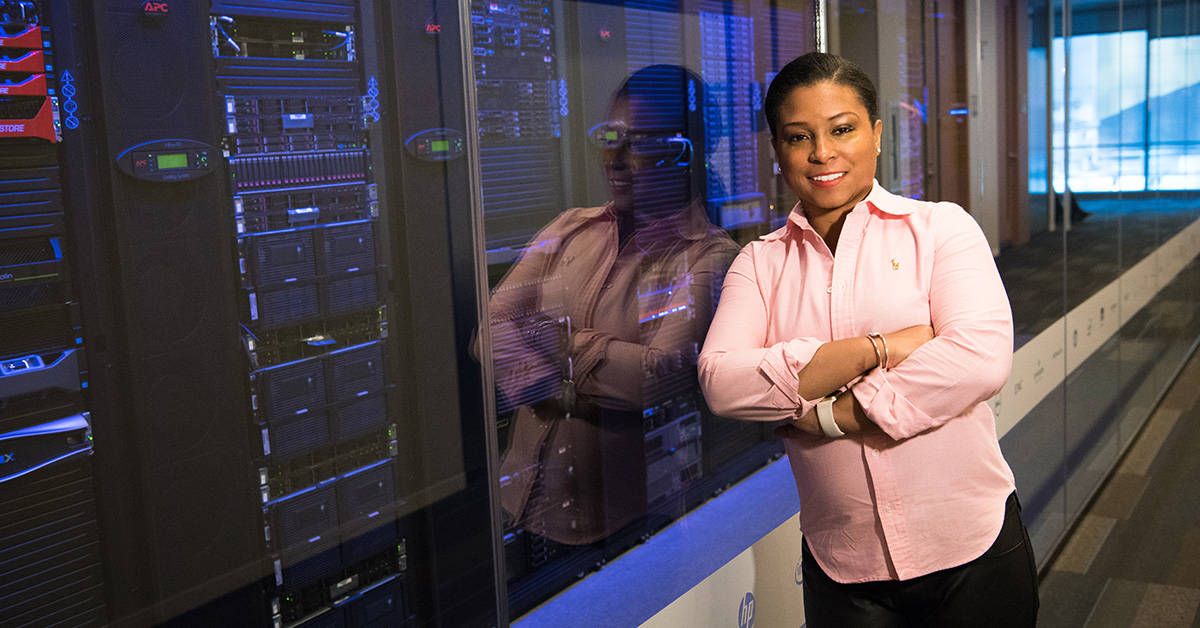






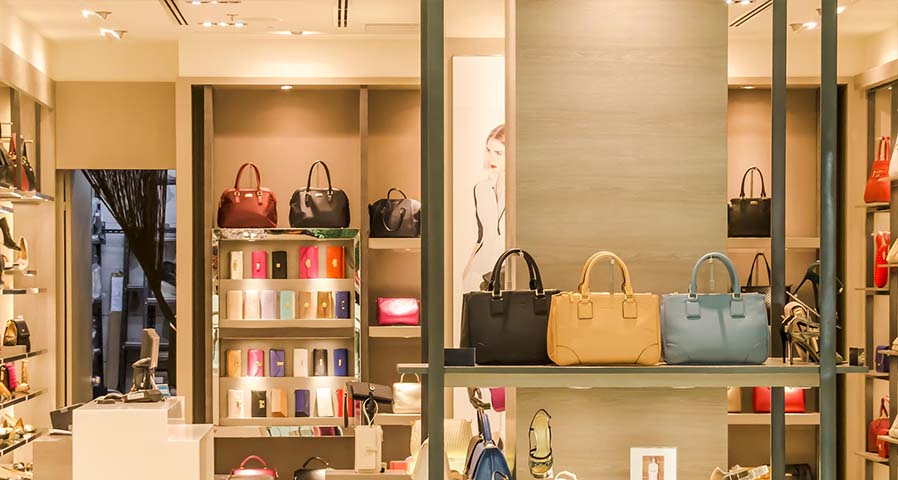
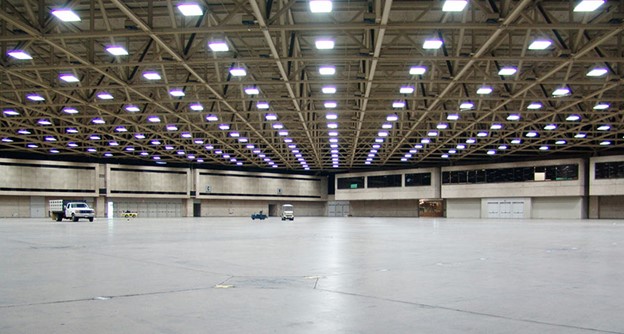
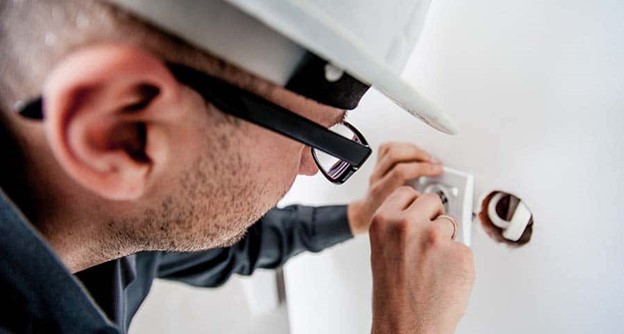
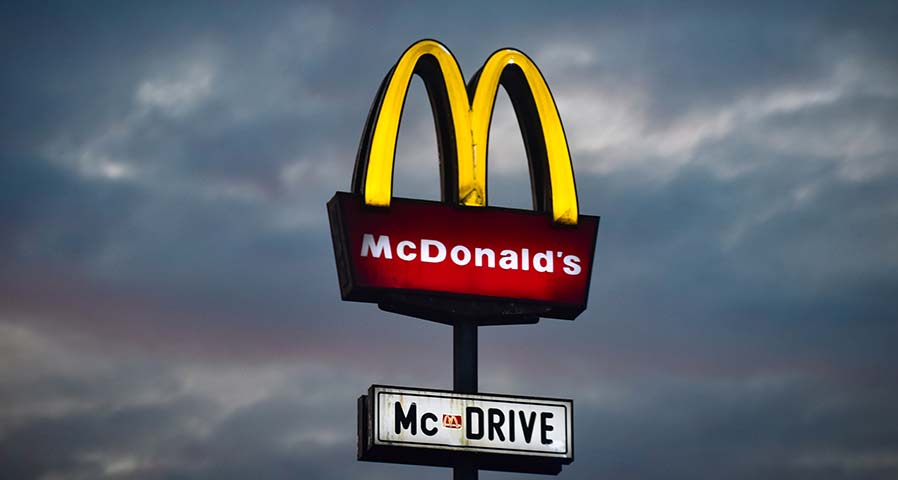
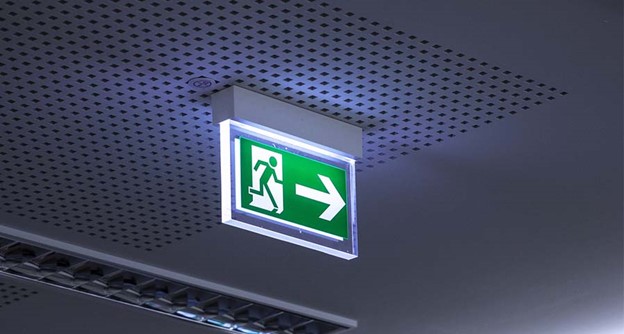
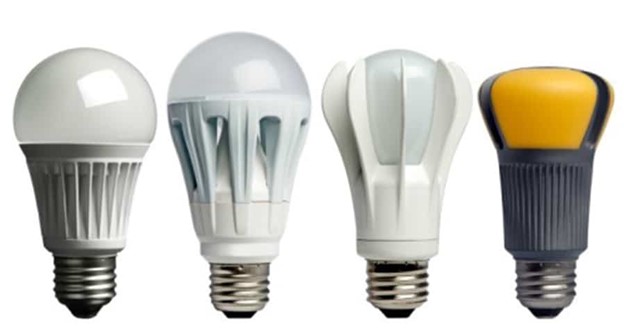
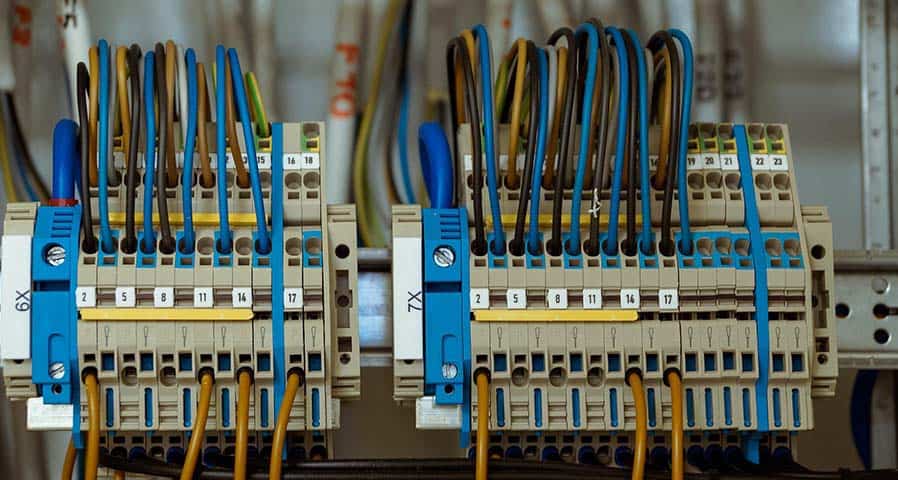
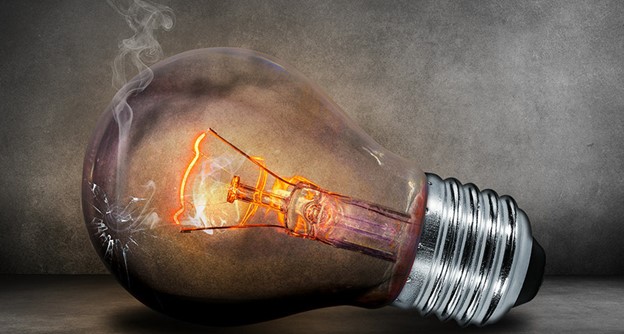
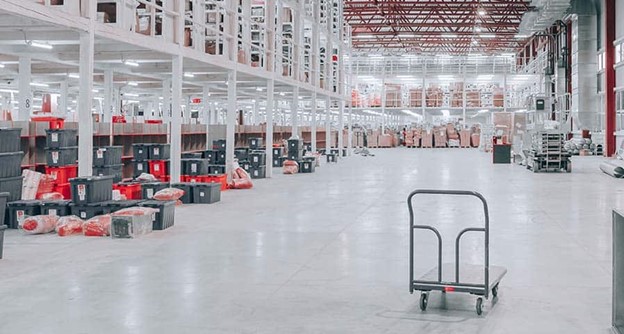
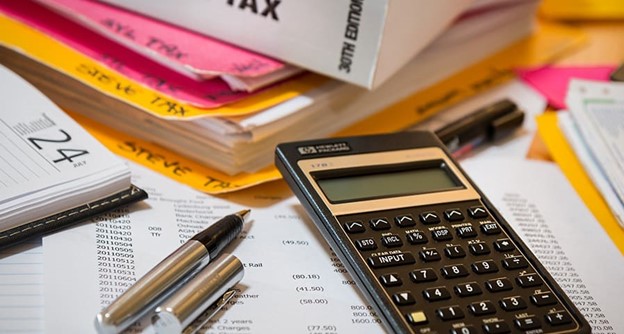
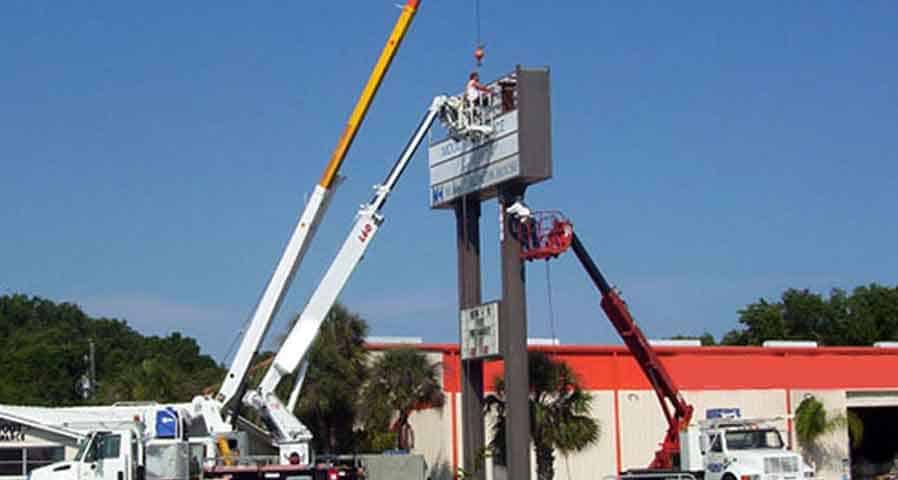

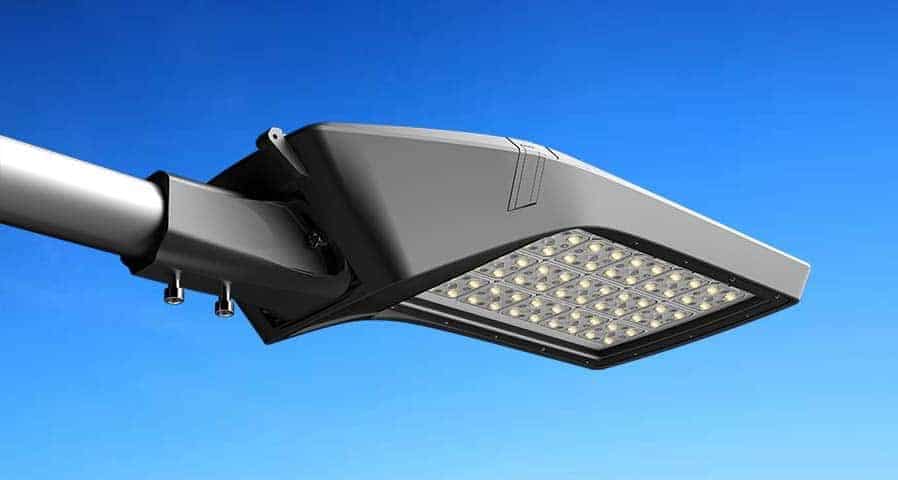
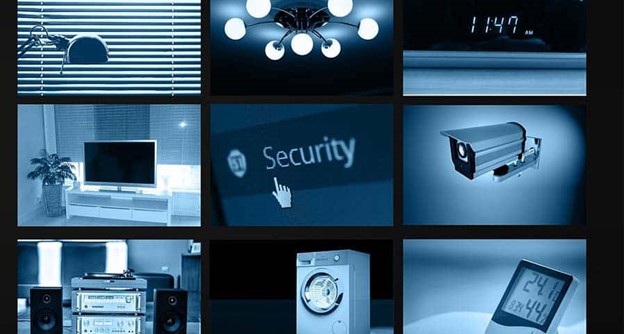
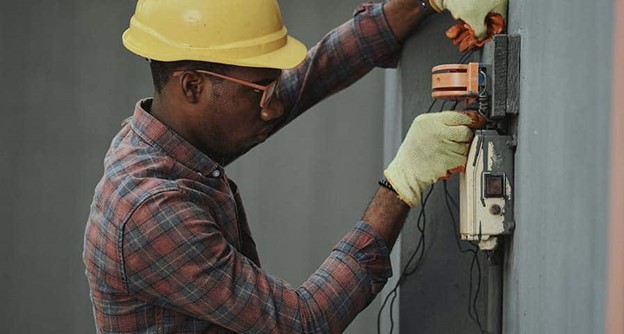
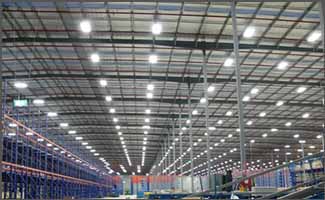


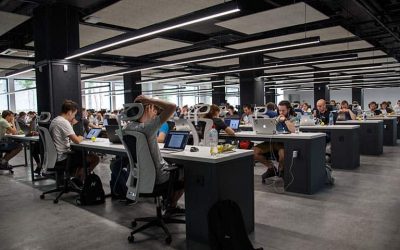





0 Comments
Trackbacks/Pingbacks